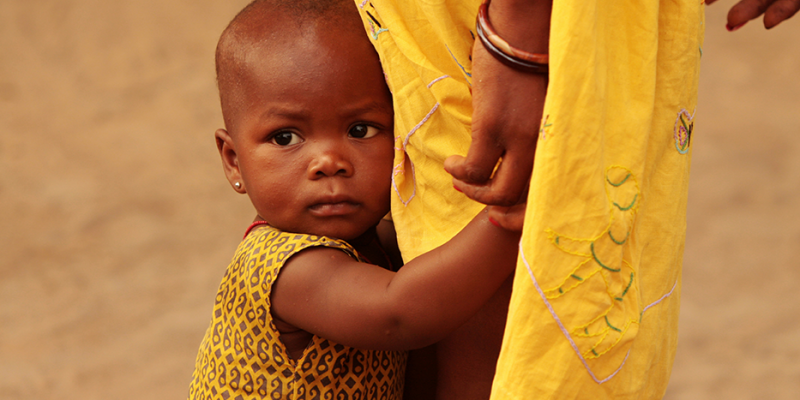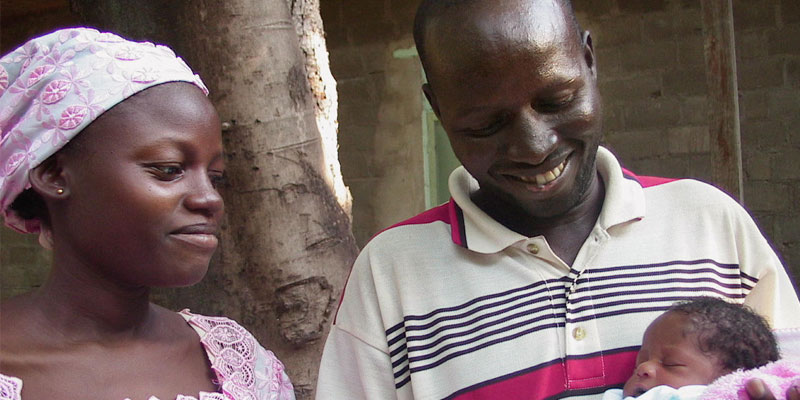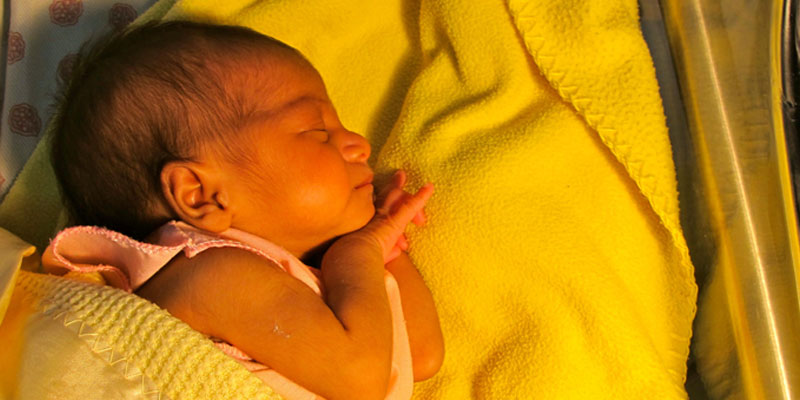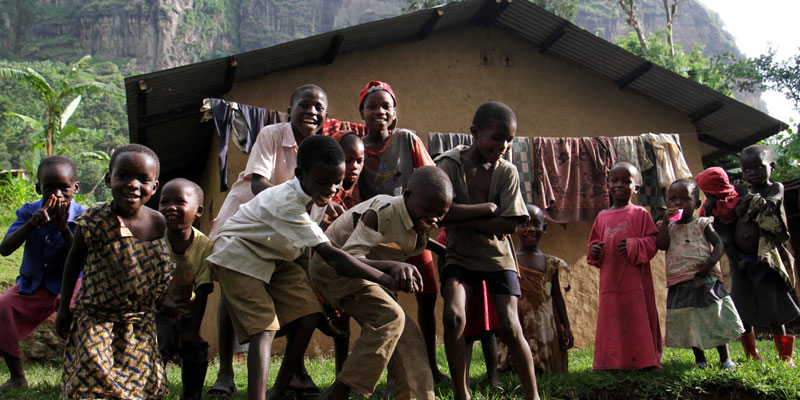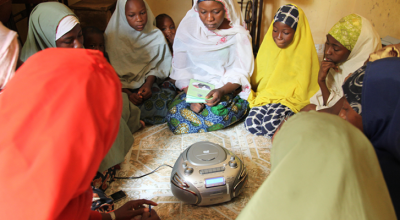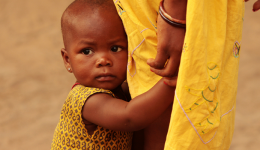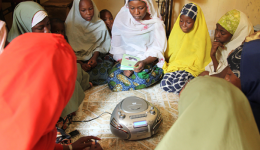About the I-Kit
Access to and use of life-saving commodities across the reproductive, maternal, newborn and child health (RMNCH) continuum of care has been limited due to financial constraints, sociocultural issues and lack of demand by health care providers and clients.

